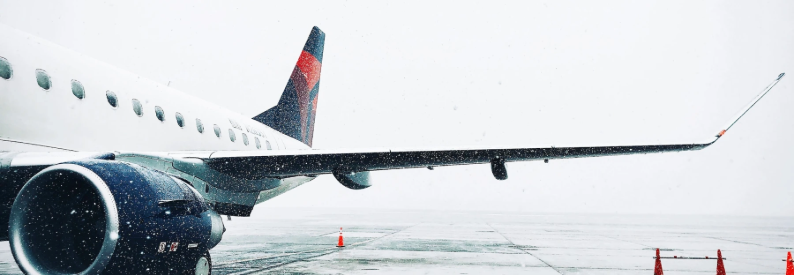Delta Faces Lawsuits After Toronto Crash Landing

Delta Air Lines is now facing 11 lawsuits stemming from a crash landing that occurred on February 17, 2025, involving a CRJ900 regional jet operated by Endeavor Air on behalf of Delta Connection. The aircraft experienced a violent landing on an icy runway at Toronto-Pearson International Airport, resulting in the loss of one wing and the aircraft flipping onto its back. While all 80 passengers and crew survived, 21 people sustained injuries, and four were hospitalized. All have since been discharged, but new legal actions claim the injuries were more severe than initially reported.
A preliminary report released in March by the Transportation Safety Board of Canada outlined 11 key areas under investigation, including pilot training, landing gear certification, and aircraft structural integrity. The crash caused major structural damage, with the right main landing gear collapsing, the left wing detaching, and the tail section breaking apart. A large fuel spill occurred during the incident, igniting briefly but extinguished quickly.
Despite the airline offering each passenger $30,000 in compensation shortly after the accident, legal claims are mounting. The lawsuits, primarily filed under the Montreal Convention, hold the airline liable for injuries incurred during flight. Several suits also allege negligence and procedural failures on Delta’s part. One plaintiff, Marthinus Lourens, claims he suffered serious injuries to his head, back, and face and was drenched in fuel while suspended upside down. Another, Hannah Krebs, alleges she was violently tossed around the cabin during the impact.
Delta is attempting to consolidate all cases into one proceeding in a Minnesota district court, as the flight originated from Minneapolis. In its court filings, Delta has denied liability and maintained that it acted within industry standards. However, the airline also anticipates more passengers will come forward with additional claims in the coming weeks.
As the investigation continues, experts are focusing on the structural failures that led to the aircraft’s catastrophic damage during landing. The TSB report noted that the side-stay on the right landing gear fractured, which caused the gear to collapse and trigger a chain of structural failures. The wing root broke, the wing detached, and a large volume of jet fuel was released, creating a fire hazard. Investigators are still analyzing fracture surfaces to determine the sequence of failures that led to the accident.
The situation remains fluid as legal proceedings ramp up and the TSB continues its technical analysis. Meanwhile, Delta’s handling of the aftermath, from compensation to its legal defense, will likely shape future airline protocols for crash response and liability. The airline industry is watching closely, as the case could set new precedents in how low-visibility landings and icy runway conditions are managed operationally and legally.
Related News : https://airguide.info/?s=Delta+Airlines
